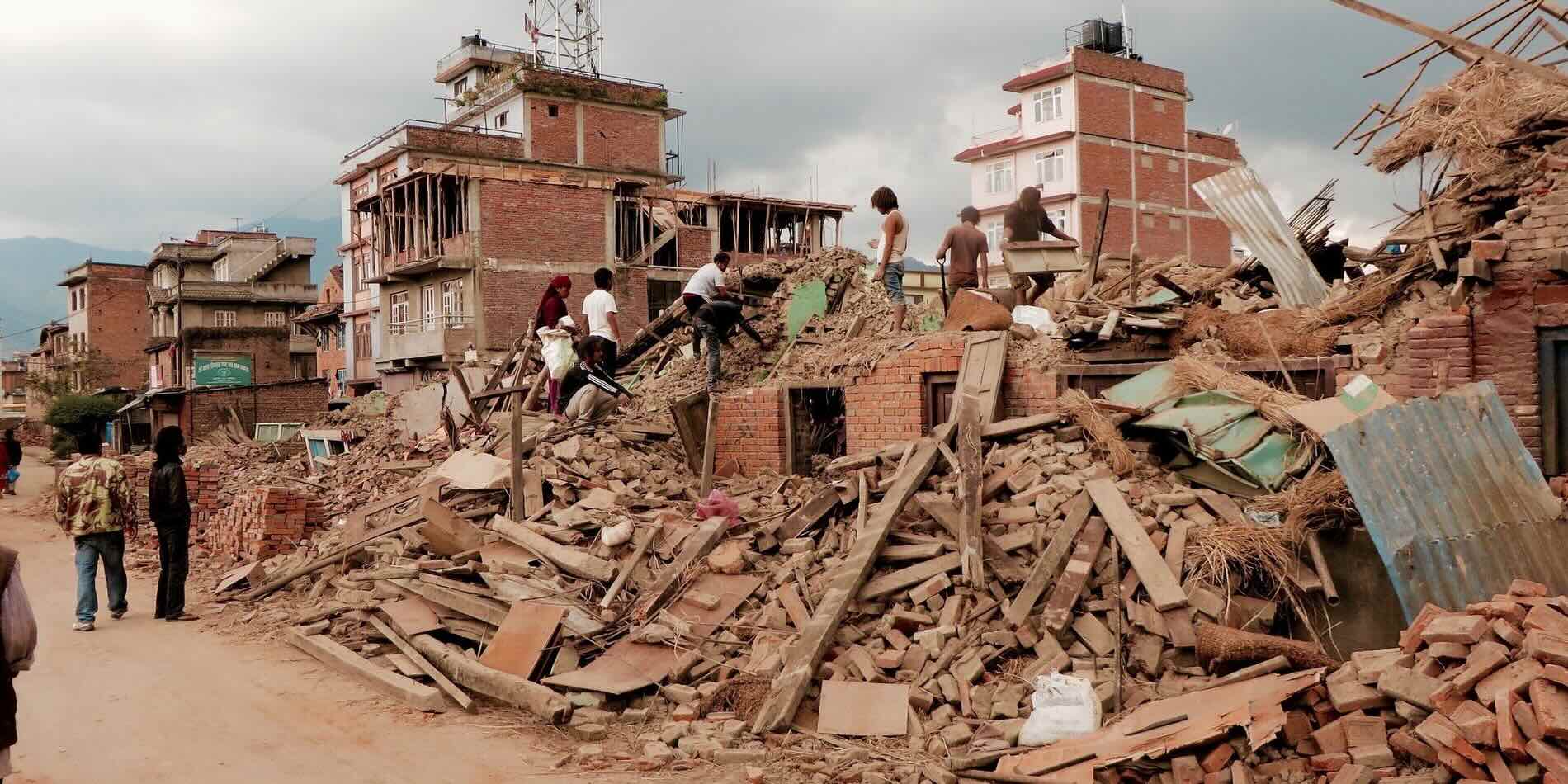
What caused the Nepal earthquake? The Nepal earthquake of 2015, also known as the Gorkha earthquake, was caused by the collision of the Indian and Eurasian tectonic plates. This region, part of the Himalayan seismic belt, is one of the most seismically active areas in the world. The Indian plate is moving northward at a rate of about 2 inches per year, pushing under the Eurasian plate. This movement creates immense pressure over time, which eventually gets released as earthquakes. The 7.8 magnitude quake on April 25, 2015, resulted from this tectonic activity, causing widespread devastation and loss of life.
The Devastating Impact
The Nepal earthquake of 2015 left a lasting mark on the country and its people. Understanding the magnitude of this disaster helps us appreciate the resilience and strength of those affected.
- The earthquake struck Nepal on April 25, 2015, at 11:56 AM local time.
- It had a magnitude of 7.8 on the Richter scale, making it one of the most powerful earthquakes to hit the region in over 80 years.
- The epicenter was near the village of Barpak, located in the Gorkha District.
- More than 8,000 people lost their lives due to the earthquake and its aftershocks.
- Over 21,000 individuals sustained injuries, many of which were severe.
- The earthquake triggered an avalanche on Mount Everest, resulting in the deaths of 22 climbers and guides.
- Approximately 3.5 million people were left homeless as a result of the destruction.
Cultural and Historical Losses
Nepal is rich in cultural heritage, and the earthquake caused significant damage to many historical sites.
- The UNESCO World Heritage Sites in the Kathmandu Valley suffered extensive damage.
- The Dharahara Tower, a 19th-century landmark, collapsed, killing around 180 people.
- The Kathmandu Durbar Square, a historic palace complex, was heavily damaged.
- The Bhaktapur Durbar Square, another UNESCO site, saw many of its ancient temples and buildings reduced to rubble.
- The Swayambhunath Stupa, also known as the Monkey Temple, sustained significant damage but remained standing.
- The Patan Durbar Square, famous for its ancient architecture, also experienced severe destruction.
International Response
The global community quickly mobilized to provide aid and support to Nepal in the aftermath of the earthquake.
- India was one of the first countries to respond, sending rescue teams and relief materials within hours.
- The United States provided $130 million in humanitarian aid.
- China dispatched rescue teams and medical supplies to assist in the relief efforts.
- The United Nations launched a $415 million appeal to support the emergency response.
- The International Red Cross and Red Crescent Movement played a crucial role in providing medical assistance and shelter.
- Numerous non-governmental organizations (NGOs) from around the world contributed to the relief and rebuilding efforts.
Aftershocks and Ongoing Challenges
The initial earthquake was followed by numerous aftershocks, complicating rescue and recovery operations.
- A major aftershock with a magnitude of 7.3 occurred on May 12, 2015, causing additional casualties and damage.
- More than 300 aftershocks of magnitude 4.0 or greater were recorded in the months following the main quake.
- The continuous aftershocks led to widespread fear and anxiety among the population.
- Many survivors were forced to live in temporary shelters for months due to the destruction of their homes.
- The monsoon season, which began shortly after the earthquake, further hampered relief efforts and increased the risk of landslides.
Rebuilding and Resilience
Despite the immense challenges, the people of Nepal have shown remarkable resilience and determination in rebuilding their lives and communities.
- The Nepal Reconstruction Authority was established to oversee the rebuilding efforts.
- By 2020, approximately 50% of the damaged homes had been rebuilt or repaired.
- The government of Nepal introduced new building codes to ensure that future constructions are more earthquake-resistant.
- Community-based organizations played a vital role in providing support and resources to affected families.
- International donors pledged over $4 billion for reconstruction and development projects.
- Education programs were implemented to raise awareness about earthquake preparedness and safety measures.
Lessons Learned
The Nepal earthquake highlighted the importance of preparedness and international cooperation in responding to natural disasters.
- Early warning systems and disaster preparedness plans are crucial in minimizing the impact of such events.
- The earthquake underscored the need for resilient infrastructure and strict building codes.
- International collaboration and support can significantly enhance the effectiveness of relief and recovery efforts.
- The resilience and solidarity of the affected communities are key factors in overcoming the challenges posed by natural disasters.
The Lasting Impact of the Nepal Earthquake
The Nepal earthquake of 2015 left a profound mark on the country and its people. With over 9,000 lives lost and countless homes destroyed, the disaster highlighted the urgent need for better infrastructure and disaster preparedness. The quake also brought out the resilience and solidarity of the Nepalese people, who came together to rebuild their communities. International aid played a crucial role in providing immediate relief and long-term support. However, the road to full recovery remains long, with many still struggling to rebuild their lives. The earthquake serves as a stark reminder of the power of nature and the importance of being prepared for such events. By learning from this tragedy, Nepal and other earthquake-prone regions can work towards creating safer, more resilient communities.
Was this page helpful?
Our commitment to delivering trustworthy and engaging content is at the heart of what we do. Each fact on our site is contributed by real users like you, bringing a wealth of diverse insights and information. To ensure the highest standards of accuracy and reliability, our dedicated editors meticulously review each submission. This process guarantees that the facts we share are not only fascinating but also credible. Trust in our commitment to quality and authenticity as you explore and learn with us.
